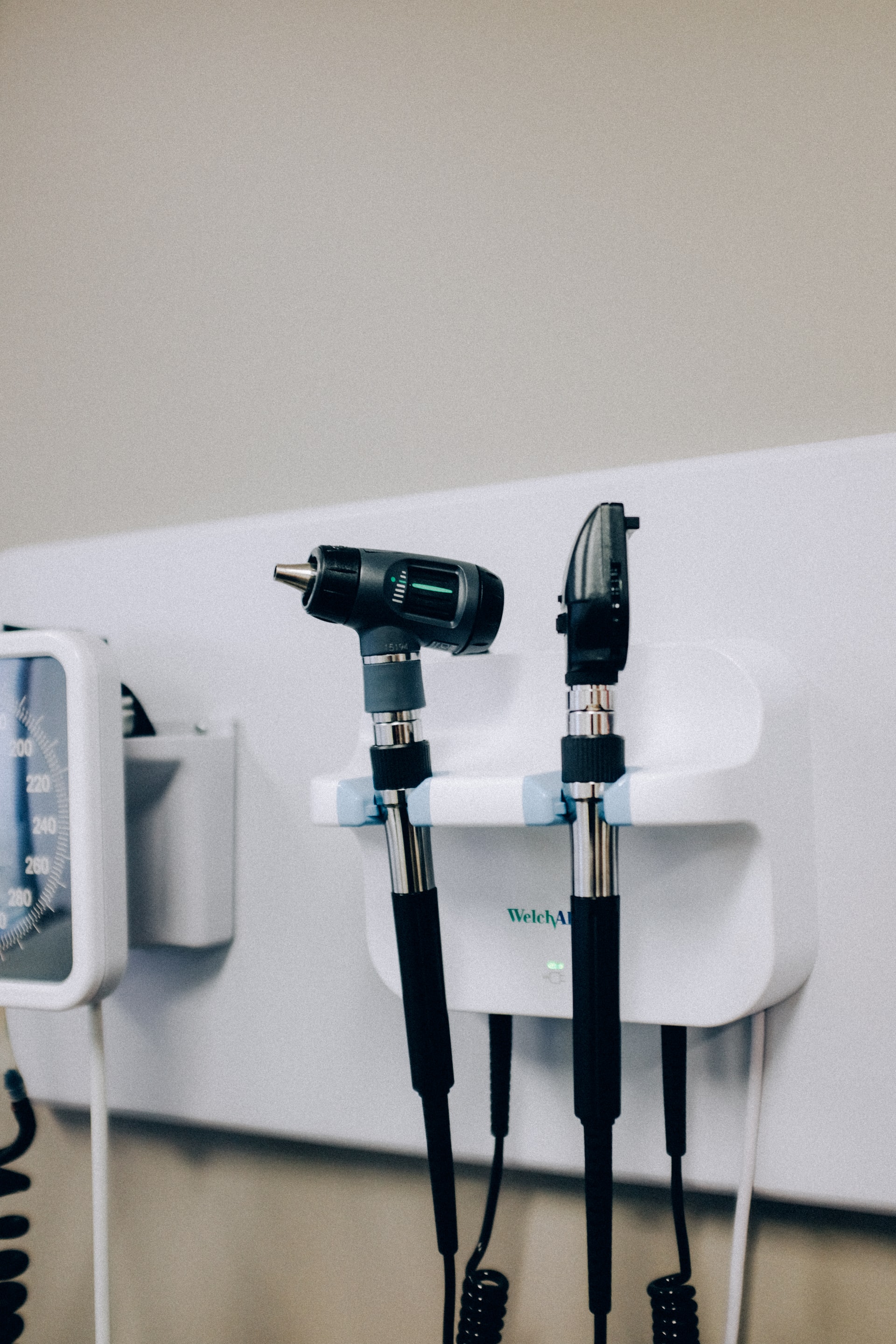Mynx Closure Device – What Is It And How Does It Work?
The Mynx Closure Device reduces the pain associated with sealing the tiny hole in the artery during catheterization.
Jun 09, 20224 Shares431 Views

The MynxClosure Deviceis an extravascular vascular closure device (VCD) with a deployment mechanism meant to reduce the pain associated with sealing the tiny hole in the artery during catheterization.
AccessClosure, Inc., a medical device firm based in Mountain View, California, manufactures the device.
Mynx closure device closes the tiny hole in your blood artery following the treatment using a soft, sponge-like substance.
It works by swiftly absorbing the blood surrounding the puncture site, stopping the flow, and shutting the hole instantly.
Mynx closure device controls VCD with revolutionary design and predictable deployment, offering superior performance and control for reliably secure artery closures.
The gadget employs a soft, sponge-like sealant substance to close the tiny hole in the femoral artery.
The sealant works by quickly absorbing blood and fluids in the puncture area, expanding and sealing the hole.
This closes the gap and stops the bleeding.
Polyethylene glycol (PEG) is a water-soluble, non-thrombogenic, conformable, bio-inert polymer used in the sealant.
PEG has a well-established safety profile, and different versions of PEG are widely used in consumer and medical items such as toothpaste, skin lotion, and lubricating eye drops.
How Does Mynx Closure Device Work?
The Mynx device employs a dual-action GRIPTM sealant made of polyethylene glycol (PEG) to secure extravascular closure.
When the Grip sealant is deployed, the human body's warmth and pH level lead it to soften and interlock with the curves of the vessel wall, establishing a secure seal.
A porous feature in the sealant absorbs blood and subcutaneous fluids.
As a result, the sealant expands three to four times its original size and fills the tissue tract.
The Grip sealant is non-thrombogenicentirely, biocompatible, and degrades entirely after 30 days.
The Mynx Ace device is unique because it has a straightforward deployment technique that reduces operator variability, including sealant setting at the arteriotomy.
The sealant is deployed after the balloon has been positioned at the arteriotomy site.
Following the conclusion of the diagnostic angiography or percutaneous operation, vascular closure is accomplished in three straightforward steps:
- Following insertion, the 6-mm Microsemi-compliant is inflated and drawn back to the arteriotomy, causing temporary hemostasis.
- The sealant is administered and compressed a predetermined distance onto the extravascular arteriotomy site, which interlocks with the arterial wall surface and swells to fill the tissue tract.
- Deflate the balloon and remove the gadget.
The Mynx Ace gadget contains safety measures such as locking mechanisms that prevent users from accidentally deploying sealant or performing processes out of order.
With the ease of implementation, these precautions have created a shorter learning curve for new users.
Because there is less operator reliance on where the sealant is placed or the amount of compression exerted during sealant deployment, the Mynx Ace device achieves hemostasis with the same, if not more excellent, safety and effectiveness than earlier generations of Mynx closure devices.
W it is a diagnostic or interventional instance, ambulation is achievable roughly 2 hours after the sealant is deployed.
Mynx Closure Device Instructions For Use
If employing a MynxGrip 5F device, ensure that the procedure sheath is 5F and does not exceed 15.7 cm in length.
When utilizing a MynxGrip 6F/7F device, ensure that the procedure sheath is 6F or 7F and does not exceed 15.7 cm in length.
Do not try to seal access sites when a 6F or larger procedural sheath was used with the MynxGrip 5F device.
NOTE: If a patient has had a procedure sheath left in place for a lengthy period, prophylactic antibiotics should be considered before placing MynxGrip.
To close an arterial:
If the puncture is at or below the femoral bifurcation, or if it is an antegrade puncture, the balloon may be prepped with a diluted contrast solution (50 percent contrast / 50 percent saline) rather than 100 percent saline to allow visualization of the balloon while pulling back to the arteriotomy and to ensure that the balloon properly abuts the arteriotomy.
Confirm the diagnosis using a femoral arteriogram or venogram:
- A single wall puncture of the common femoral artery or vein.
- Proof of appropriate flow.
- There is no indication of severe PVD around the perforation.
Step 1: Place The Balloon
- Insert MynxGrip up to the white shaft marker into the procedure sheath.
- Inflate the balloon until the black marking on the inflation tube is obvious.
- Turn off the stopcock.
- Grasp the balloon catheter handle and pull it out until the balloon abuts the skin.
- Continue to remove the balloon catheter until the balloon comes into contact with the venotomy or arteriotomy

MynxGrip Vascular Closure Device - Animation
Step 2: Deploy The Sealant
- Align the balloon catheter with the tissue tract.
- Open the procedural sheath stopcock and check temporary hemostasis while softly tugging on the device handle (to verify the balloon is abutting the arteriotomy or venotomy).
- Detach the shuttle and go forward in a straight line until you reach a complete halt.
- Immediately grab and pull the procedure sheath from the tissue tract.
- Continue withdrawing the shuttle until it latches onto the handle.

People Also Ask
How Does A Mynx Closure Device Work?
The gadget employs a soft, sponge-like sealant substance to close the tiny hole in the femoral artery.
The sealant works by quickly absorbing blood and fluids in the puncture area, expanding and sealing the hole.
This closes the gap and stops the bleeding.
Does Mynx Closure Device Dissolve?
This patient received Mynx, a synthetic, non-metallic sealant comprised of polyethylene glycol.
Mynx dissolves within 30 days, leaving nothing permanently behind.
What Is Mynx Closure Device Made Of?
The Mynx Ace device employs a dual-action GRIPTM sealant made of polyethylene glycol (PEG) to secure extravascular closure.
Who Makes Mynx Closure Device?
Cardinal Healthannounced that their MynxGrip Vascular Closure Device has just obtained FDA clearance for use in closing femoral veins.
The MynxGrip device is now approved for sealing 5, 6, and 7 French femoral arterial and venous access sites.
Conclusion
Mynx closure device closes the tiny hole in your blood artery following the treatment using a soft, sponge-like substance. It works by swiftly absorbing the blood surrounding the puncture site, stopping the flow, and shutting the hole instantly.
Mynx closure device controls VCD with revolutionary design and predictable deployment, offering superior performance and control for reliably secure artery closures.

Suleman Shah
Reviewer
Suleman Shah is a researcher and freelance writer. As a researcher, he has worked with MNS University of Agriculture, Multan (Pakistan) and Texas A & M University (USA). He regularly writes science articles and blogs for science news website immersse.com and open access publishers OA Publishing London and Scientific Times. He loves to keep himself updated on scientific developments and convert these developments into everyday language to update the readers about the developments in the scientific era. His primary research focus is Plant sciences, and he contributed to this field by publishing his research in scientific journals and presenting his work at many Conferences.
Shah graduated from the University of Agriculture Faisalabad (Pakistan) and started his professional carrier with Jaffer Agro Services and later with the Agriculture Department of the Government of Pakistan. His research interest compelled and attracted him to proceed with his carrier in Plant sciences research. So, he started his Ph.D. in Soil Science at MNS University of Agriculture Multan (Pakistan). Later, he started working as a visiting scholar with Texas A&M University (USA).
Shah’s experience with big Open Excess publishers like Springers, Frontiers, MDPI, etc., testified to his belief in Open Access as a barrier-removing mechanism between researchers and the readers of their research. Shah believes that Open Access is revolutionizing the publication process and benefitting research in all fields.
Latest Articles
Popular Articles